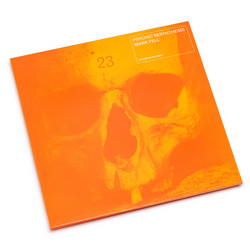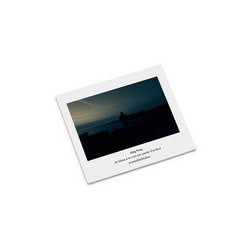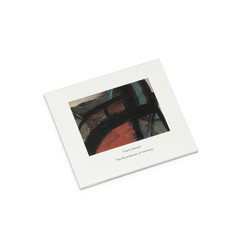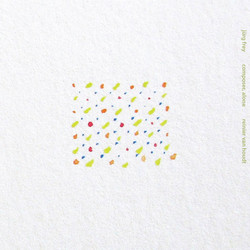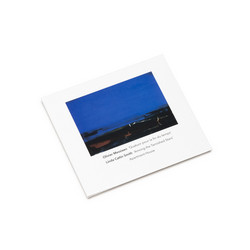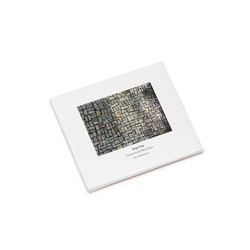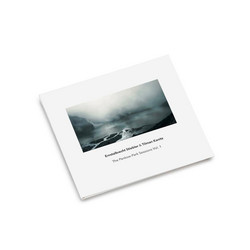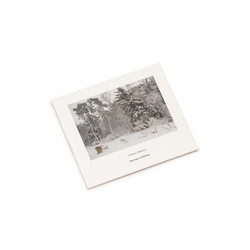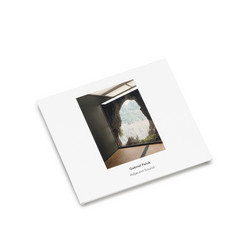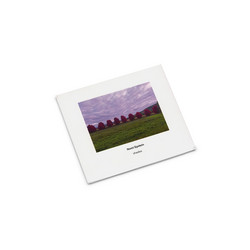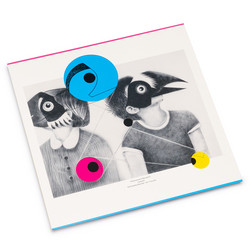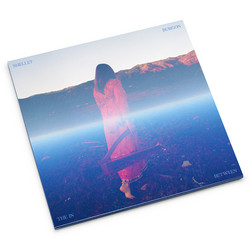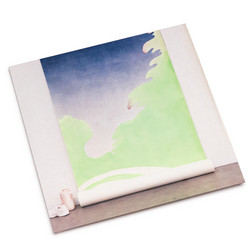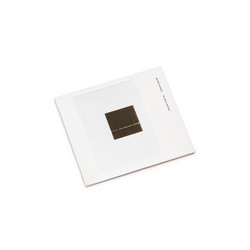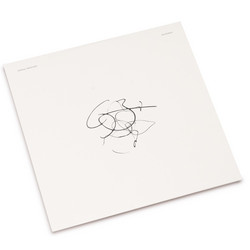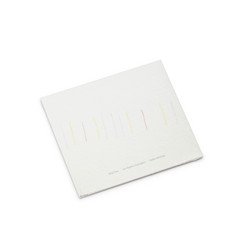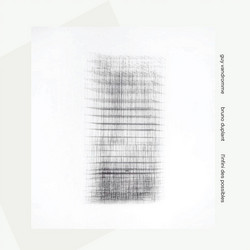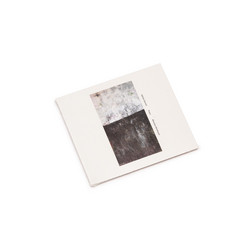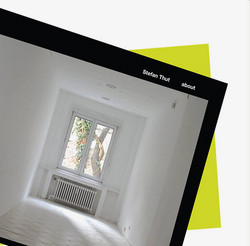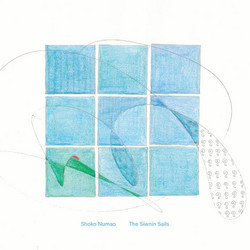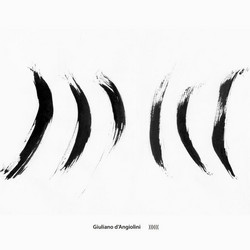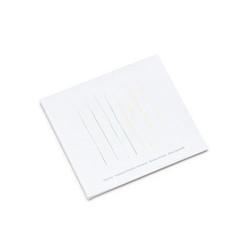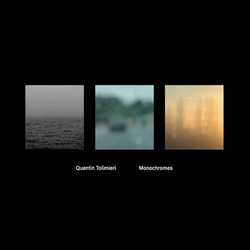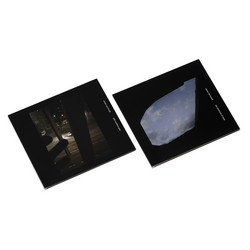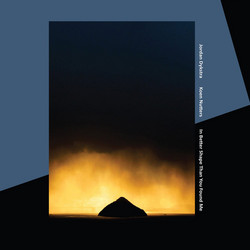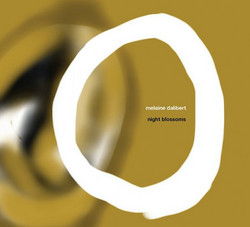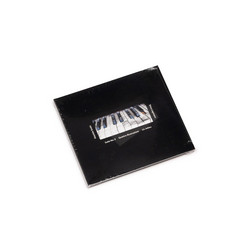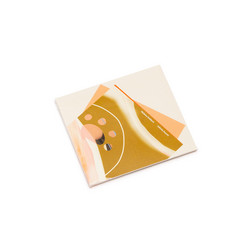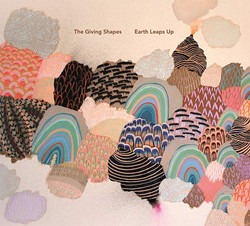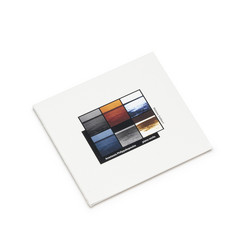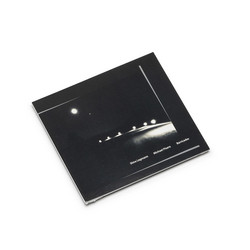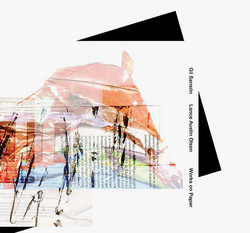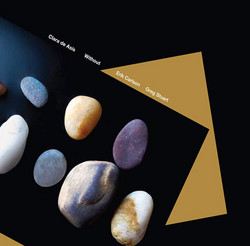In each movement, two pianists are assigned a single chord and asked to repeat it at a pace of their choosing for the duration of the piece. Between repetitions, the pianists play a short figure improvised from a set group of notes. They are joined by wind and string players—two clarinets, two bass clarinets, two violas, a cello, and a double bass—who choose and play individual notes from that same group. As in Reinhard’s previous work, the players are instructed to play as quietly as they can while still producing a sound, and are invited to take extended breaks, playing as much or as little as they would like within their assigned duration.
“For 10 Musicians” sees its ensemble unfurling what Reinhard calls his “non-directional” music with restraint and a keen sense of absence as a source of form. Reinhard and his players approach the veil between sound and silence, weaving music from sound on the brink of its nonexistence. Harmonic development is left largely to chance; notes accumulate and recede like indeterminate streaks of fading light marking a dark sky or small disturbances in a still body of water, sometimes pooling or dissolving together into quiet texture. Each movement constitutes a totality whose sense of stillness is colored in by subtle internal changes. Throughout, repetition is the architecture through which the music approaches a state of rest.
